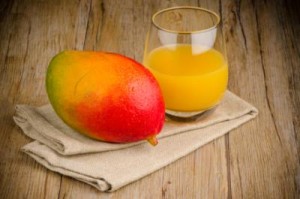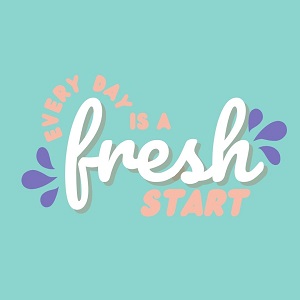 Juices and smoothies can be healthy either as a supplement to a meal or meal replacement, but only if you know what ingredients went into making them. With store-bought smoothies and juices, there can be four issues:
Juices and smoothies can be healthy either as a supplement to a meal or meal replacement, but only if you know what ingredients went into making them. With store-bought smoothies and juices, there can be four issues:
Portion Size
As a meal replacement, 16 ounces is a serving; 8 ounces if drunk as part of a meal. But some purveyors have portions up to 64 ounces on their menu. That is anywhere from 4 to 8 times as much as what is considered a portion. The volume is one thing, but you are also getting way calories than you need.
Added Sugar
At home, you can control the amount of sugar you add, if any. Keep in mind there is naturally occurring sugar in the fruit, milk and yogurt. Normally you don’t have to add any additional sugar. But that is not the case when you buy fruit juice or a smoothie. To know if sugar has been added or not, look up the nutritional information on the company’s website. A 16-ounce Classic Smoothie from a U.S. national chain has 67 grams of sugar. The American Heart Association recommends 37.5 grams per day for men and 25 grams per day for women.
You can do the math, but it isn’t too hard to see that you are getting almost 2 to 3 times your daily sugar recommendation in a single smoothie. Juices can be just as bad; a 12-ounce juice has 28 grams of sugar.
Too Many Carbohydrates
Not only do juices and smoothies contain too much sugar, they also (as could be expected) contain far too many carbohydrates. While complex carbs are not bad, simple carbs (sugar) are because they digest quickly and spike your blood sugar. This stimulates your body to dump insulin into your bloodstream to process the sugar. Because your body can’t use all of the calories at once, the excess is stored as fat.
However if you make your own smoothies and juices, you can leave out the sugar and instead add in some protein powder. Protein keeps you fuller longer and doesn’t spike blood sugar or promote fat storage.
Blending
Blending takes a lot of bulk and grinds it down into a smaller quantity. If you were to take all the ingredients of a smoothie and put it on a plate, you would be astonished at the volume it would take up. For example, one cup each of strawberries, yogurt, soymilk and orange juice, 1 banana, 2 tablespoons of peanut butter and ¼ cup of oats – could one person possibly eat this much?
You are when drinking a smoothie – it is just in a smaller package. No wonder a smoothie is over 300 calories and a 12-ounce juice is at 150 calories or more.





